Some things simply never go out of style. And, when it comes to hair color, a rich, gorgeous brunette shade will always be on the service menu. But that doesn't mean that colorists can kick up the formula and reinvent the brunette into something multifaceted, nuanced and undeniably fresh.
Lucky for us, that's exactly what Vivica Davies, Alfaparf Milano Creative Color Director, did with this head-turning brunette shade. Combining over 10 different hair colors—including raisin, cranberry, silver and charcoal—Davies made this brunette shade more complex and unexpected than the average brunette, while still keeping the color soft and subtle. Simply put: This beautiful brunette color is more than meets the eye.
In this step-by-step Davies walks us through her unique color transformation with application tips for creating fluid, soft lines, allowing the client to change up her style while perfectly showcasing her brilliant new shade.
Get the look:
Formula 1: 10g 11.11 Evolution of the Color3 + 10g 0SP Evolution of the Color3 mixed with 40g Oxid’o 40 volume.
Formula 2: 30g 6.53 Evolution of the Color3 + 10g 5.22 Evolution of the Color3 mixed with 60g Oxid’o 10 volume.
Formula 3: 40g 6MS Evolution of the Color3 mixed with 60 g Oxid’o 10 volume.
Formula 4: 40g 9MS Evolution of the Color3 mixed with 60 g Oxid’o 20 volume.
Formula 5: 20g 9.21 Evolution of the Color3+ 10g 4.52 Evolution of the Color3 mixed with 45g Oxid’o 10 volume.
Formula 6: 24g 9.21 Evolution of the Color3 + 4 g 4.52 Evolution of the Color3 mixed with 42g Oxid’o 20 volume.
Step 1: Divide the hair into sections as shown.
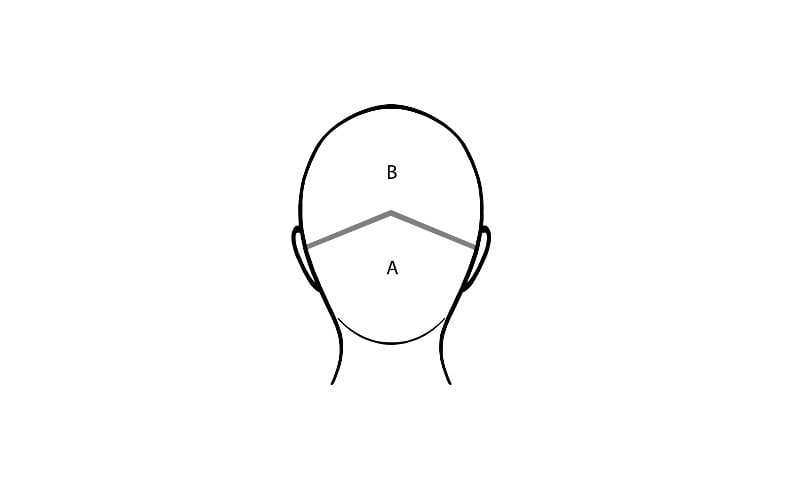
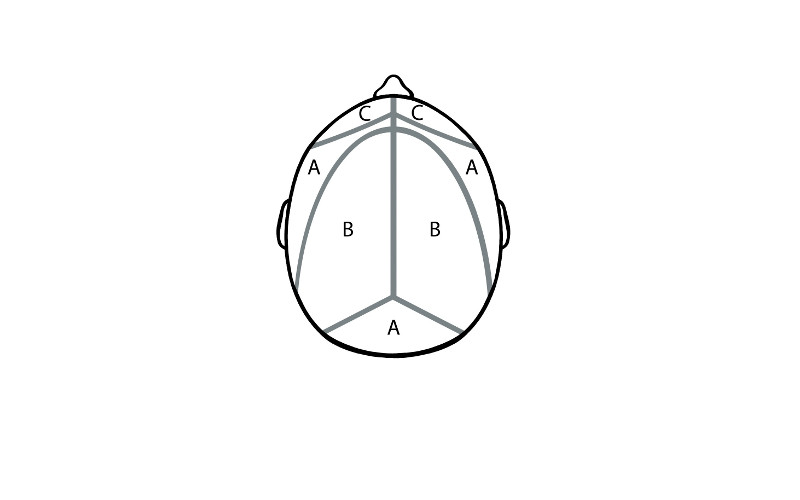
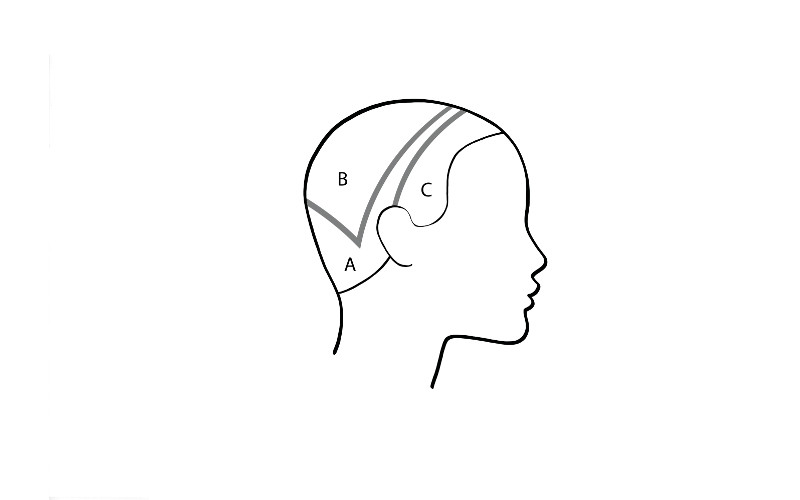
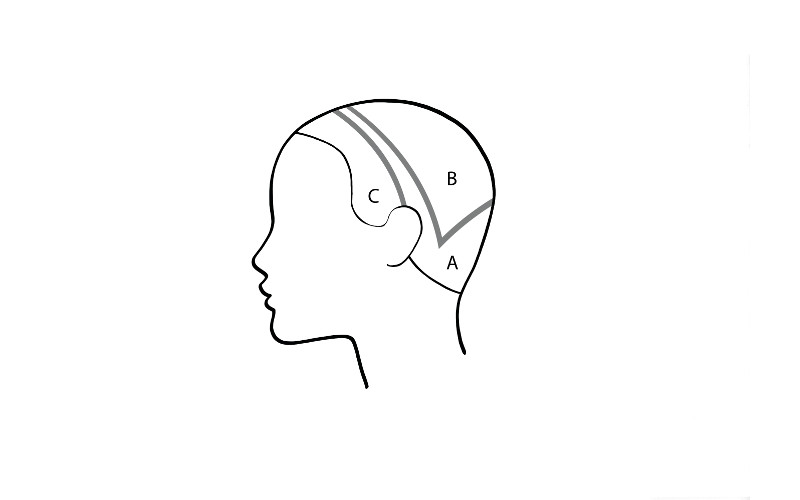
.jpg?YR7tGZUZVwk0t_Zvzs9HefmOA8dF9Rmy)
.jpg?CEF9knUeSbHCthLuyJ.oJkXnazDilVw4)
.jpg?skO11rdCaFZSb.VrHacrY6pS5iSSBDlU)
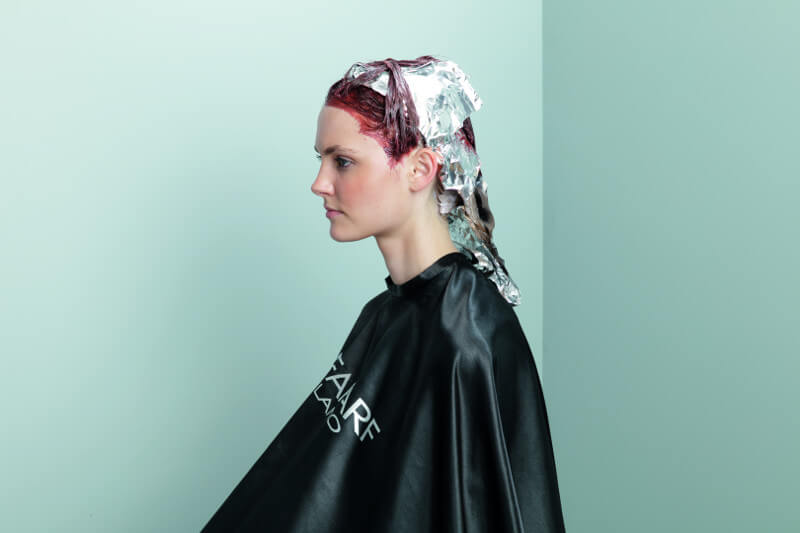
Step 4: Color the previously lightened section (A) using two pairs of formulas: Formula 3 and Formula 4; Formula 5 and Formula 6. Take a curved subsections by following the shape of the head. Apply the first pair of colors to the first section, using the darker formula at the root and the lighter formula at the ends. Color the second section in the same way using the second pair of colors. Continue throughout the section in the same way, alternating the formulas. Make the balance of dark root to light ends irregular (melting them together) as you work through the subsections.
.jpg?cviM.TxMIKf25V_dnj13m6.EUsYGXwyy)
.jpg?IewkmRlMiJYvGvjL92Hqxl_uyrtopkEI)
.jpg?DJyM_UHGrsbHrWfJ4q672g_8KJ_onF6S)
About: Alfaparf Milano was born in Italy with the vocation to turn what they love into a real business. Before they knew it, word about their products were spreading. Through educational programs and innovative products, Alfaparf Milano strives to introduce products and methods that have never been used before.